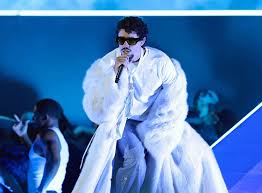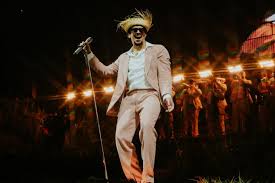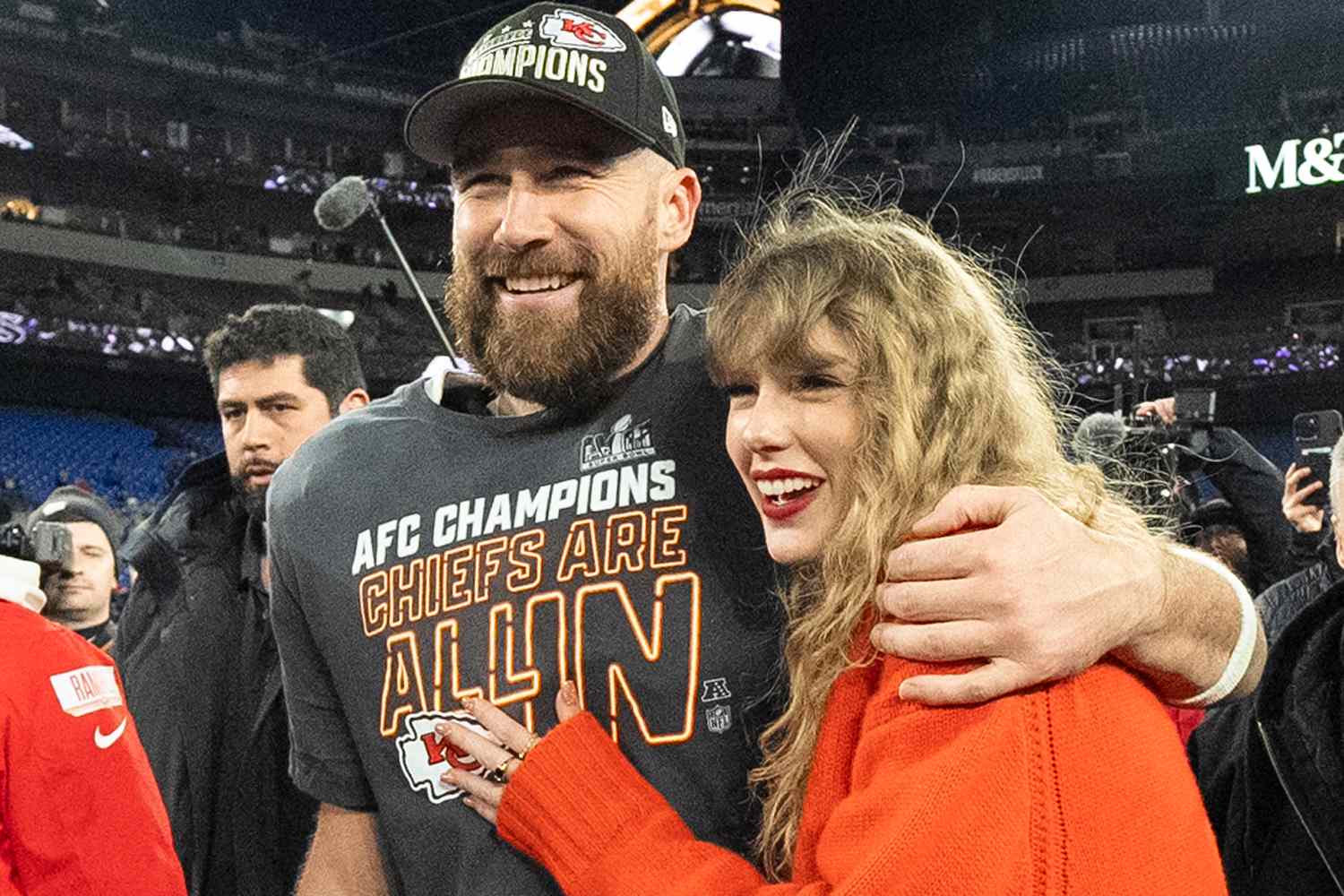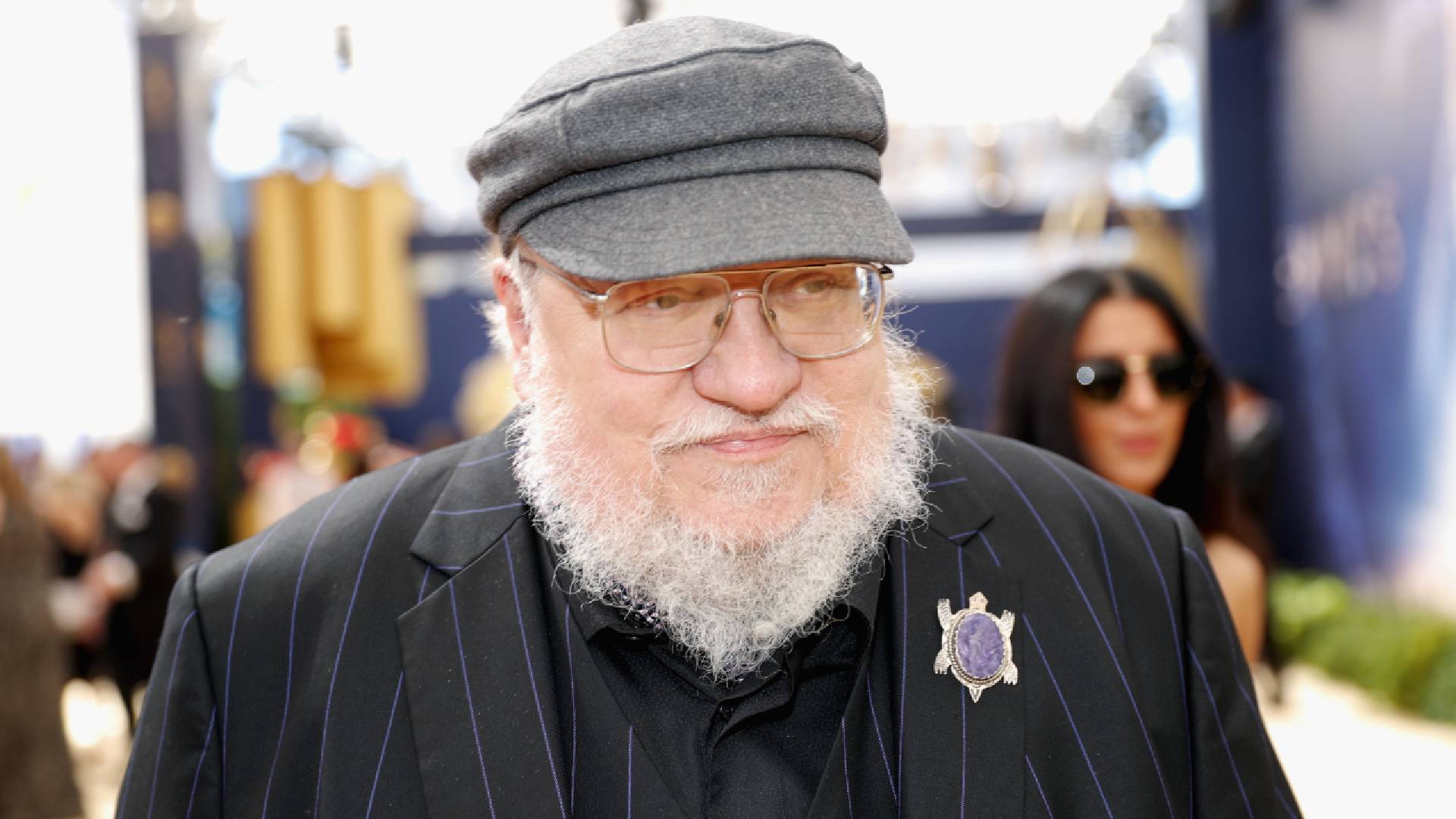Bad Bunny has officially been named the headliner for the Super Bowl LX halftime show, and the announcement has set off a wave of excitement that reaches far beyond football fans. The Puerto Rican superstar, who just wrapped up his record-breaking 31-date residency in San Juan, will now step onto the world’s biggest stage on February 8, 2026, at Levi’s Stadium in Santa Clara, California. For an artist who has redefined the boundaries of Latin music and reshaped global pop culture in just a few years, the halftime show is not only a professional milestone but also a moment loaded with cultural symbolism.
The confirmation came on September 28 during NBC’s broadcast of Sunday Night Football, as the Dallas Cowboys faced off against the Green Bay Packers. Rumors had been bubbling all weekend, with fans speculating across social media that Bad Bunny was next in line after Kendrick Lamar’s electrifying turn in 2025. The chatter proved true when the NFL, Apple Music, and Roc Nation dropped a collaboration post across their official platforms featuring Bad Bunny himself. In the clip, he perches atop a goal post set against a sunlit beach, his breakout hit “Callaíta” playing in the background, before text flashes across the screen announcing: “Super Bowl LX. Bay Area. February 2026.” With that, one of the most anticipated halftime shows in recent memory became a reality.
In the announcement video, Bad Bunny is seen wearing a pava, the traditional straw hat woven from the leaves of the Puerto Rican hat palm. That choice was no accident. For years, he has proudly carried his heritage into every stage and studio he’s graced, insisting on singing primarily in Spanish and weaving references to Puerto Rican culture into his work. In a statement shared by the NFL, he made it clear that this moment transcends his personal career ambitions. “What I’m feeling goes beyond myself,” he said. “This is for my people, my culture, and our history.” His words struck an emotional chord with millions of fans who see him not only as a musical force but also as a cultural ambassador who has brought reggaeton, Latin trap, and the rhythms of the Caribbean into the global mainstream.
The halftime show will arrive amid a grueling international schedule. Bad Bunny is hardly slowing down after his Puerto Rican residency; instead, he’s preparing for the launch of his 24-date Debí Tirar Más Fotos world tour in November, starting in Santo Domingo, Dominican Republic. From there, he will take his music across continents, with performances in Colombia, Mexico, Brazil, Spain, Japan, Australia, and the United Kingdom. Notably absent from his itinerary are U.S. stops, a decision that stirred debate earlier this month. In an interview with I-D magazine, Bad Bunny explained that his choice reflected disillusionment with the political climate in the United States, particularly policies affecting Latino communities. He pointed to the mass deportations carried out during the Trump administration as one reason for the pause in American dates, clarifying, however, that his stance came from principle rather than bitterness. “There were many reasons why I didn’t show up in the U.S., and none of them were out of hate,” he said.
That decision makes his upcoming Super Bowl performance even more significant. While he may not be touring U.S. arenas in the near future, he will command an audience of hundreds of millions from Santa Clara, delivering a message that stretches beyond borders. For the NFL, which has been actively working to expand the cultural reach of its halftime show, securing Bad Bunny feels like both a strategic and symbolic choice. Jon Barker, Senior Vice President of Global Event Production for the NFL, summed it up in a statement: “Bad Bunny represents the global energy and cultural vibrancy that define today’s music scene. As one of the most influential and streamed artists in the world, his unique ability to bridge genres, languages, and audiences makes him an exciting and natural choice to take the Super Bowl halftime stage. We know his dynamic performances, creative vision, and deep connection with fans will deliver the kind of unforgettable experience we’ve come to expect from this iconic cultural moment.”
Jay-Z, whose Roc Nation has partnered with the NFL since 2019 to produce halftime shows, also praised the decision. “What Benito has done and continues to do for Puerto Rico is truly inspiring,” he said, using the artist’s birth name, Benito Antonio Martínez Ocasio. “I am honored to have him on the world’s biggest stage.” For Jay-Z, who has played a key role in bringing diversity and global relevance to the halftime spotlight, Bad Bunny’s selection continues a trend of widening the tent to include artists whose influence is international, not just American.
For Bad Bunny, the Super Bowl will not technically be his first appearance on the halftime stage. In 2020, he joined Shakira and Jennifer Lopez during their Miami performance, leaping into the spotlight for a fiery cameo that included snippets of “I Like It” and “Callaíta.” That appearance introduced him to millions who may not have been familiar with his work at the time. Six years later, he returns not as a guest, but as the star attraction. The difference underscores just how meteoric his rise has been.
Bad Bunny’s ascent to this moment has been unlike that of any other artist in recent memory. Breaking through in the mid-2010s with SoundCloud releases and collaborations with major reggaeton stars, he quickly earned a reputation as both a hitmaker and a disruptor. He bent genres with ease, mixing trap, reggaeton, salsa, and even rock into his catalog. He subverted macho stereotypes in Latin music by appearing in skirts, painting his nails, and speaking openly about gender and sexuality. By 2020, he was not just a star in Latin America—he was a global phenomenon. His album YHLQMDLG became the most-streamed of the year worldwide, and he repeated the feat in 2021 and 2022, cementing himself as Spotify’s most-streamed artist three years in a row. That dominance, coupled with his box-office-conquering tours, has made him one of the most powerful artists alive, capable of selling out stadiums anywhere on the planet.
The cultural resonance of his music goes beyond charts and records. For Puerto Ricans, Bad Bunny has become a symbol of visibility and pride on the world stage. He has spoken out about political corruption on the island, protested in the streets in 2019 when Governor Ricardo Rosselló was forced to resign, and used his music videos to highlight social issues ranging from trans rights to economic inequality. That level of activism, combined with his unapologetic embrace of Spanish-language music, has shifted what’s possible for Latin artists. No longer do they need to “cross over” by singing in English to achieve global dominance. Bad Bunny’s songs, almost entirely in Spanish, are proof that music’s emotional and rhythmic power transcends language barriers.

The announcement of his halftime show also put an end to months of speculation about who would follow Kendrick Lamar’s critically acclaimed set in 2025. For weeks, rumors swirled that Taylor Swift might take the slot, especially given her visible presence at NFL games during her relationship with Kansas City Chiefs star Travis Kelce and her ongoing Eras Tour dominance. NFL Commissioner Roger Goodell only fueled the buzz by coyly telling the “Today” show earlier this year, “It’s a maybe.” That door has now officially closed, but the selection of Bad Bunny suggests that the league is leaning into global appeal rather than staying tethered to predictable choices.
The Super Bowl halftime stage has become as much of a cultural lightning rod as the game itself, with performances remembered for decades. In the past three years alone, audiences have witnessed Rihanna’s pregnancy reveal in 2023, Usher’s star-studded showcase with Alicia Keys, H.E.R., and Ludacris in 2024, and Kendrick Lamar’s cerebral, politically charged performance in 2025 featuring Samuel L. Jackson and Serena Williams. Each act has used the platform differently, shaping narratives that extend beyond music. Bad Bunny’s challenge will be to deliver a performance that both honors his roots and reaches the diverse global audience watching. If his track record is any indication, he is unlikely to play it safe.
The timing of his set makes it even more intriguing. Just one day before the Super Bowl, he will wrap three consecutive sold-out nights in Santiago, Chile, from February 5 to 7. The whirlwind schedule means he will effectively fly from one of Latin America’s cultural capitals straight into the heart of the NFL’s most visible event. That juxtaposition speaks to his unique ability to stand at the crossroads of worlds, carrying Latin America with him into every space he enters.
Fans are already speculating about what the show might look like. Will he bring out guest stars like J Balvin, Rosalía, or even Shakira again? Will he use the platform to address political or social issues, as he has in his videos and concerts? Or will he lean into spectacle, delivering a high-energy medley of hits like “Tití Me Preguntó,” “La Canción,” and “Dakiti”? Whatever direction he takes, expectations are sky-high, and the hype will only build as February approaches.
For Bad Bunny, the halftime show is not just another gig—it is a declaration. It’s a statement that Spanish-language music, Puerto Rican identity, and the culture of reggaeton belong at the center of the global stage, not at its margins. It’s also a reminder of how far he has come in a short span of time, from uploading tracks online to being named the most-streamed artist in the world, to now preparing to command one of the most-watched televised events in history.
As the countdown to Super Bowl LX begins, one thing is certain: the world will be watching, and Bad Bunny will be ready to deliver. Whether through bold visuals, unexpected collaborations, or simply the raw energy that has made his live shows legendary, he is poised to transform Levi’s Stadium into a global dance floor. For millions of fans, especially those who see themselves reflected in his music and his pride, the moment will carry a weight that goes beyond entertainment. It will be history in motion—Puerto Rico, Latin America, and the global South taking their rightful place at the center of the cultural conversation.

When Bad Bunny steps out under the California lights in February, he will do so with the eyes of the world on him, but also with the spirit of an island and a culture behind him. And in that moment, as beats pulse through Santa Clara and the Super Bowl crowd rises to its feet, he will remind everyone why music, at its best, is not just sound—it’s identity, resistance, and celebration.



